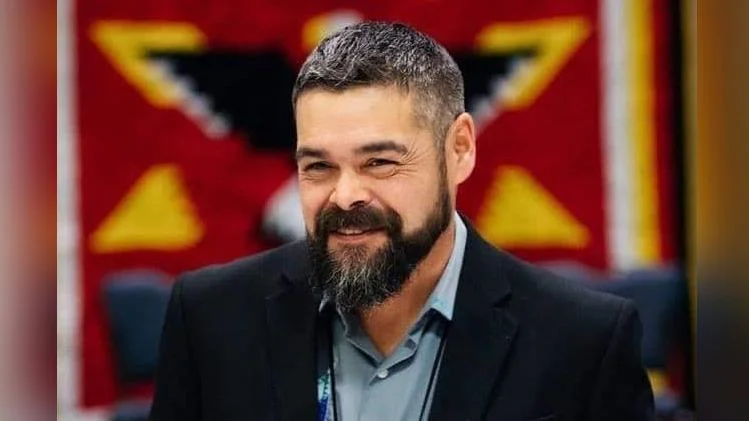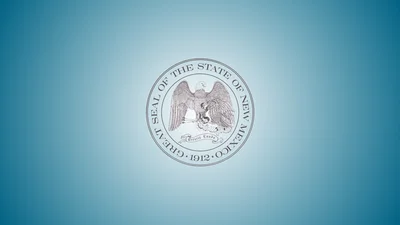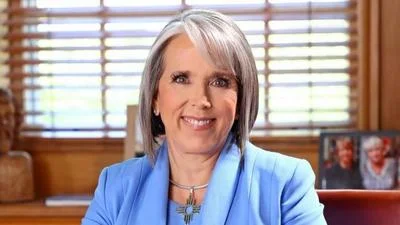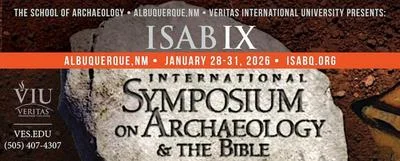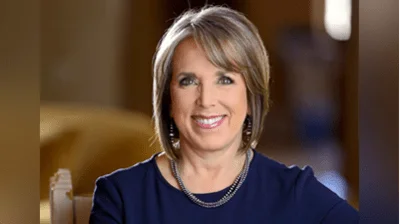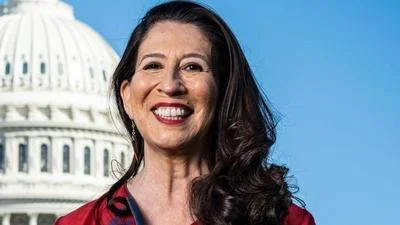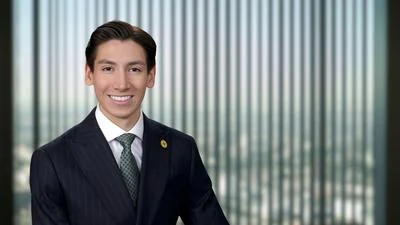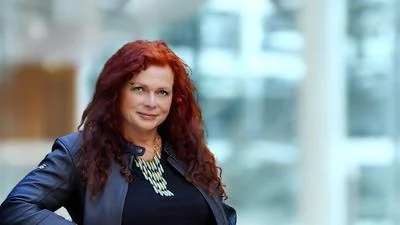For many years, Native children have experienced school events where their identities were misrepresented through offensive mascots and chants. The American Psychological Association reports that such portrayals negatively impact the mental health and self-esteem of Native youth.
There is a clear distinction between Native Nations representing themselves with culturally appropriate imagery and non-Native institutions using stereotypes for entertainment. The former reflects cultural expression, while the latter is seen as mockery.
Several schools and universities began retiring Native mascots decades ago to foster respectful environments for all students, particularly Native students. Recently, New York State banned the use of Native mascots in public schools, a move supported by tribal leaders. This policy includes exceptions for schools collaborating with Tribal Nations.
However, the U.S. Department of Education has challenged this ban under an existing rule from the Trump era, claiming it is discriminatory. They argue that allowing mascots from some cultural groups while banning Native ones is unfair and have demanded an apology to Native Americans for the ban.
The logic behind this decision has been criticized as flawed. According to advocates like the Native American Rights Fund (NARF), discrimination lies in forcing Native children to see their cultures mocked rather than in removing offensive mascots.
NARF supports New York's decision and urges respect for Tribal sovereignty while calling for outdated mascots to be left behind.
More information about NARF’s work on native representation can be found at their website.
